Sales of pork are flat, and suppliers blame excessive levels of promotion. What can be done to put a premium into the category, asks Richard Ford
Two years ago, when Jamie Oliver ran his ‘Jamie Saves Our Bacon’ campaign to drum up support for British pork producers, he was the toast of the industry for raising public awareness of pig farmers’ struggle to make ends meet, and for opening up new markets for pork products.
Fast-forward two years, and the plight of pig farmers is once again in the spotlight, as a surge in feed wheat prices has led to them losing £22 for every pig they produce. With Oliver now busy sorting out the UK’s education system, what are processors and retailers doing to encourage consumption and to add value to the category? And where is future growth to come from?
Total pork sales increased just 0.1% in value to £845.7m and 2.5% in volume to 178,952kg in the 52 weeks to 20 March [Kantar Worldpanel]. With the exception of lamb, pork experienced the lowest overall value growth and highest overall volume growth of all major protein groups. This discrepancy may have been good news for shoppers, who have been able to buy more for their money, but it is bad news for the industry. At a time of soaring input costs, pork is the only meat to have seen average per-kilo retail prices come down since 2009, falling from £4.84/kg in March 2009 to £4.69/kg in March 2011 [Kantar Worldpanel/Bpex].
It doesn’t take a genius to work out why. Promotional levels have risen considerably over the past three years. In the 52 weeks to 23 January, as much as 40% of all pork sold was bought on promotion, says Kantar category analyst Simon Parnell. “The combination of rising promotional participation and static volume sales growth will not be sustainable,” he warns.
Bpex head of marketing Chris Lamb agrees, pointing out that there is less and less cheap meat around as high wheat prices squeeze Continental producers as much as their UK counterparts. Additionally, suppliers on the Continent are having to invest heavily to comply with the EU-wide ban on sow stalls effective from 2013. As a result, processors and retailers will increasingly struggle to look abroad for endless cheap meat.
But not everyone is convinced fewer promotions will be enough to lift the category. More proactive work is needed, particularly on educating consumers, says Jimmy Butler of Blythburgh Free Range Pork. He claims one of the main barriers to greater consumption is the mouthfeel, caused partly by consumers not knowing how to cook it properly. “We all have this idea that you have to overcook pork, but you can have rare pork the same way as you can have rare beef,” Butler says.
Also, he claims, the type of pig from which most pork is sold at retail contains less intra-muscular fat, resulting in a less juicy cooked product. “Supermarkets also demand a lighter pig, which is more difficult to get intra-muscular fat into.”
It’s an issue that Waitrose is aware of, says pork buyer Jamie Matthewson. The supermarket uses pork from pigs crossed with more traditional breeds, including Hampshire-sired, Berkshire-sired and Gloucestershire Old Spot-sired, which have more intra-muscular fat than standard supermarket pork, giving it a more succulent flavour.
Waitrose is also championing ‘forgotten cuts’, including hocks, trotters and cheeks, to help drum up interest in pork. The range has been “fantastically successful”, says Matthewson, with volume sales of trotters up 27% year-on-year (April), belly up 40% and liver up 5%.
There’s also mileage from rebranding traditional cuts, believes Steve Allen of Aurora Food Marketing, which has just launched the Elliott’s Prime Cuts range, fronted by late Coronation Street butcher Fred Elliott. Using terminology more typically associated with beef could help unlock pork’s potential and free it of its image as the “poor relation”, he claims. Within the range, there is a T-bone chop a pork loin meat with a T-shaped bone running through the middle and a pork rump steak.
Key to all these activities is getting consumers to see pork as more of an everyday meat and not just a Sunday roast, particularly when the popularity of the latter is plummeting alarming news given that 30% of all pork sales are currently accounted for by roasting joints.
A potential strategy for getting shoppers to buy more pork for midweek meals is to offer more meal kits and meal solutions. “There are few sauce mixes to go with pork,” Allen points out. But retailers are already responding with NPD. In March, Waitrose launched pork fillet with apple butter as well as paupiettes of pork a leg wrapped in a parcel with stuffing and butter, while Tesco intends to launch pork steaks with marinade sachet sauces.
Further growth could also come from meatballs, believes Parnell. With pasta-based dishes the UK’s top choice of evening meal, fresh meatballs experienced 27% value sales growth in the year to 23 January, he says, but pork accounts for less than 10% of category sales. Blended beef and pork mince would offer a product with a lower fat content than standard beef mince, says Allen, and such blends are already common practice in many other countries, including the US and Germany.
The UK pork industry would do well to look abroad for inspiration at 24.4kg per head, the UK has one of the lowest per-capita consumptions of pork in the EU, with only Bulgarians and Slovenians eating less than Brits [Eurofax/Eurostat, FAO & AHDB Meat Services]. If our domestic pork category is to reinvent itself and give its EU neighbours a run for their money, processors, farmers and retailers will need to go the whole hog.
Vion aims to push porkon to forks “You can eat just about everything on the pig except possibly the oink,” says Ruth Griffiths, category marketing director for Vion’s pork business unit, which later this year will launch a major campaign- straplined ‘put pork on your fork’ to highlight how versatile pork is.
Although shoppers do buy pork, they lack “creativity and confidence” in cooking it, says Griffiths. More pork recipes are searched for on Google than for beef or lamb, she adds, a fact “that shows there’s this lack of knowledge people are looking for a bit of support with what to do with pork”.
There is no reason why pork couldn’t give chicken a run for its money when it comes to versatility, she adds. The campaign will be fronted by a TV food and farming celebrity, who will give radio interviews and encourage listeners to use more pork in their recipes. The two-month-long campaign will then culminate in a ‘one pig weekend’ at the end of July, where consumers make pork their meat of choice for one weekend and share recipes. The aim? On average, consumers shop the fresh pork fixture 10 times a year, says Griffiths.
“If we can get people to buy one extra time a year, that is £77m in sales.” Vion is conscious its competitors are likely to benefit from the campaign, says Griffiths, but “if it means more people buying, then it’s better for everyone.”
Read the full Meat & Fish Supplement 2011
Sign in to comment on this article
Not logged in before? Register for FREE guest access today.
You will be able to:
- Read more stories
- Receive daily newsletters
- Comment on stories
Advert

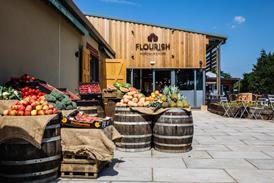

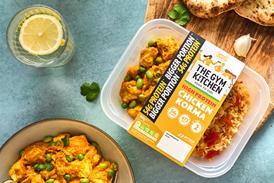



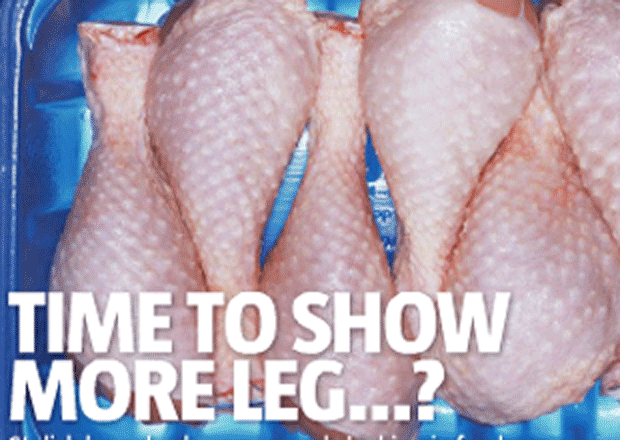
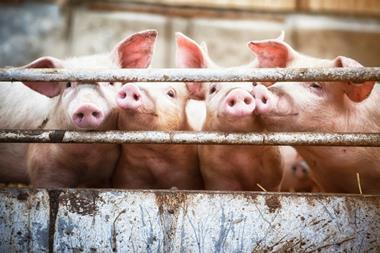

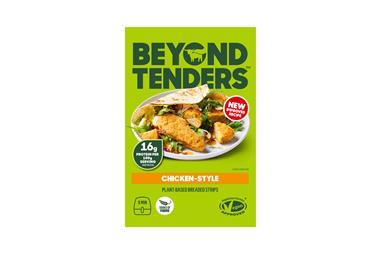



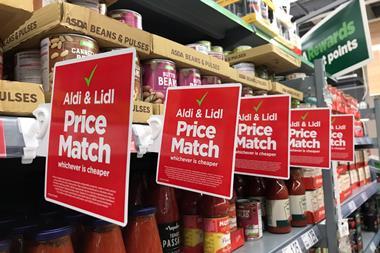
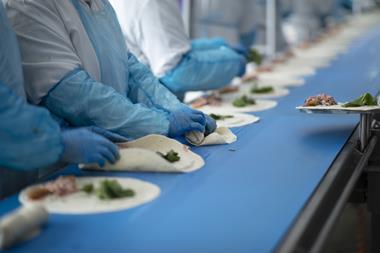
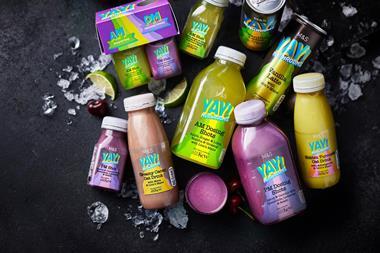

No comments yet